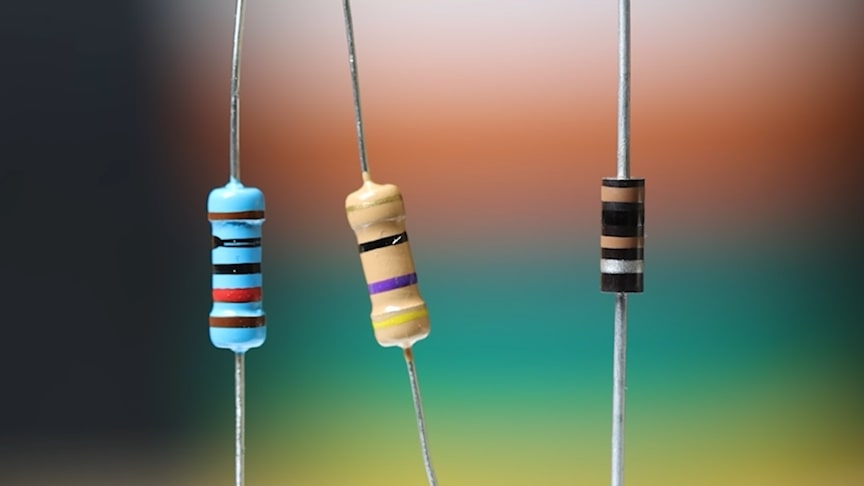Resistors are fundamental electronic components that control and regulate the flow of electric current in electrical circuits.A resistor is a passive two-terminal electrical component that implements electrical resistance as a circuit element.The amount of current flowing into a resistor is exactly the same as the current flowing out of it.
source.image: The Engineering Mindset
The resistor reduces the current in the whole circuit. If you add a resistor in series with a circuit – the current in the whole circuit will be lower than without the resistor.Resistors work by introducing a controlled opposition to the flow of electric current. The resistance offered by a resistor is determined by its material, dimensions, and temperature. Watch the video from The Engineering Mindset:
The flow of electrons, which constitute the electric current, is impeded by the resistor’s material, causing the electrons to collide with atoms in the material, generating heat.The electrical function of a resistor is specified by its resistance: common commercial resistors are manufactured over a range of more than nine orders of magnitude.
Advertisement
The behaviour of an ideal resistor is described by Ohm’s law:Ohm’s law states that the voltage (V) across a resistor is proportional to the current (I) passing through it, where the constant of proportionality is the resistance (R). For example, if a 300-ohm resistor is attached across the terminals of a 12-volt battery, then a current of 12 / 300 = 0.04 amperes flows through that resistor.











